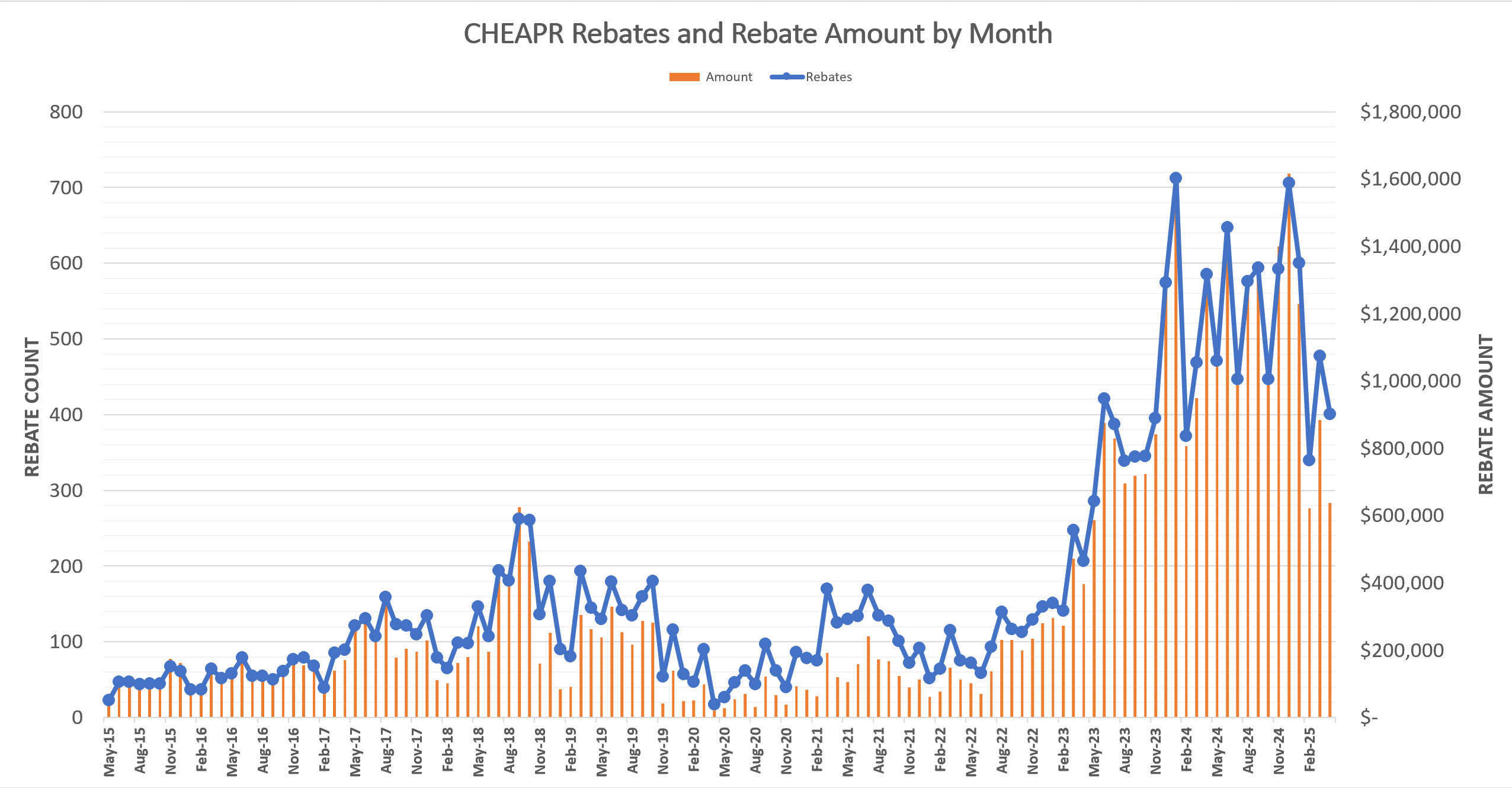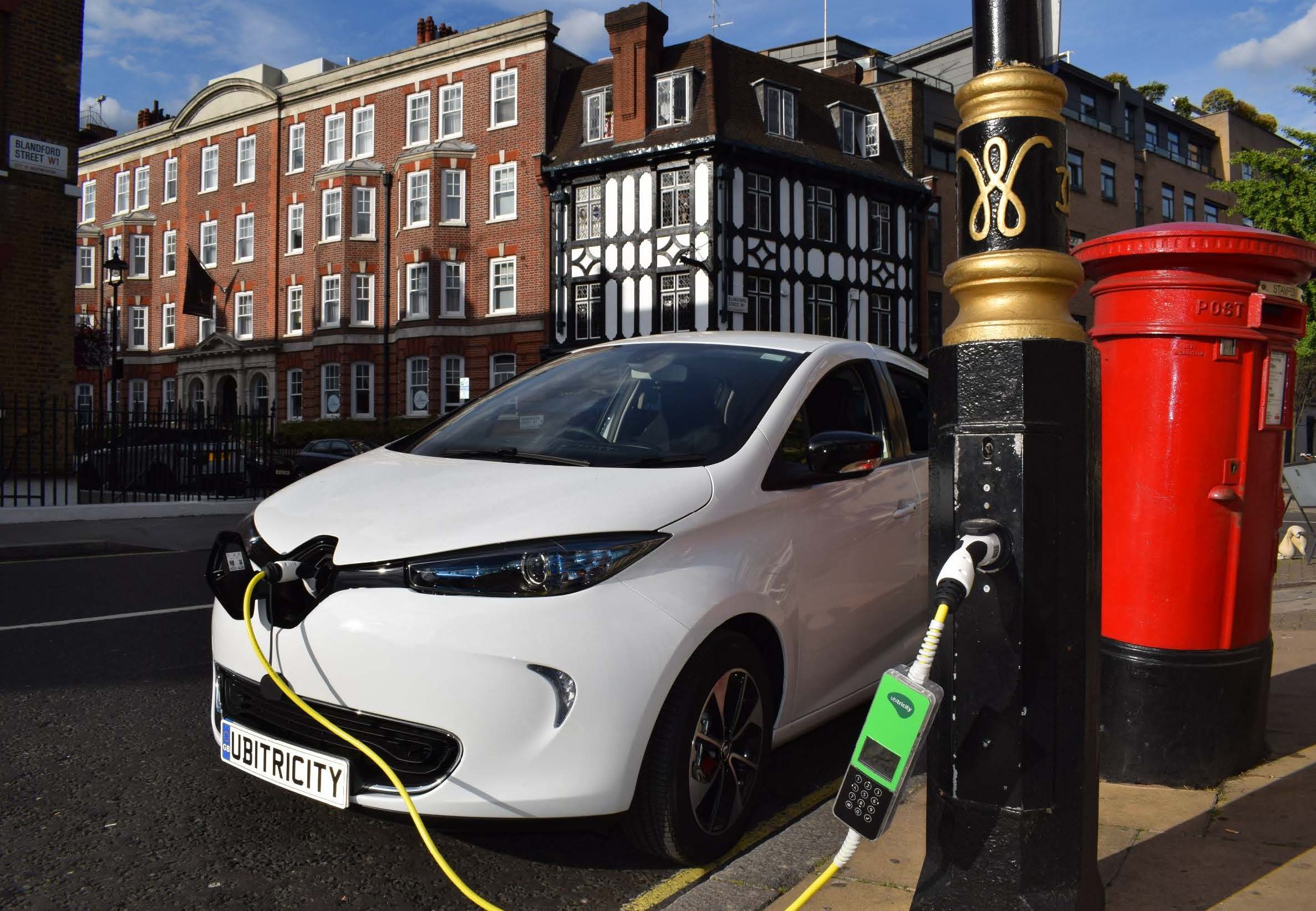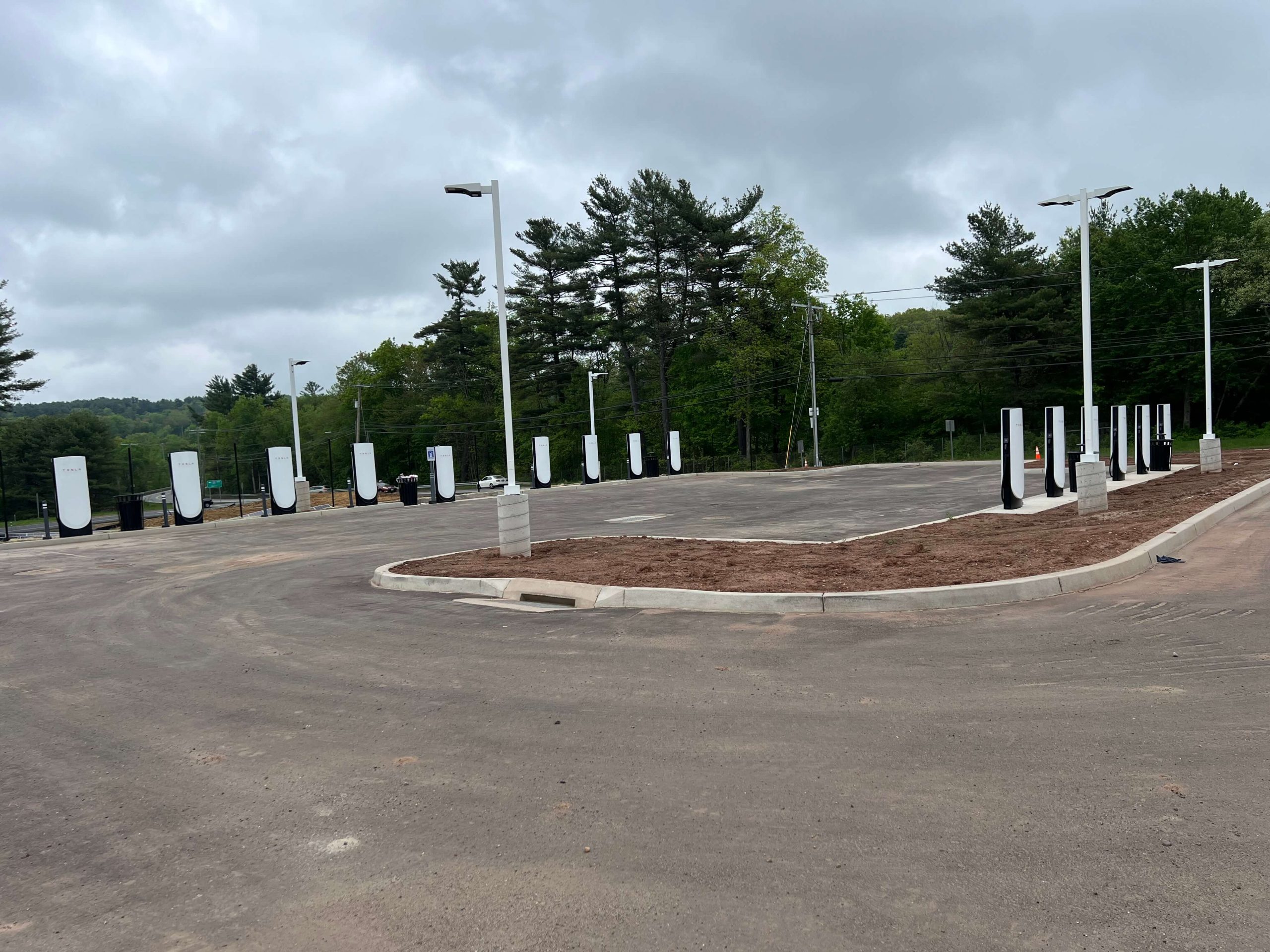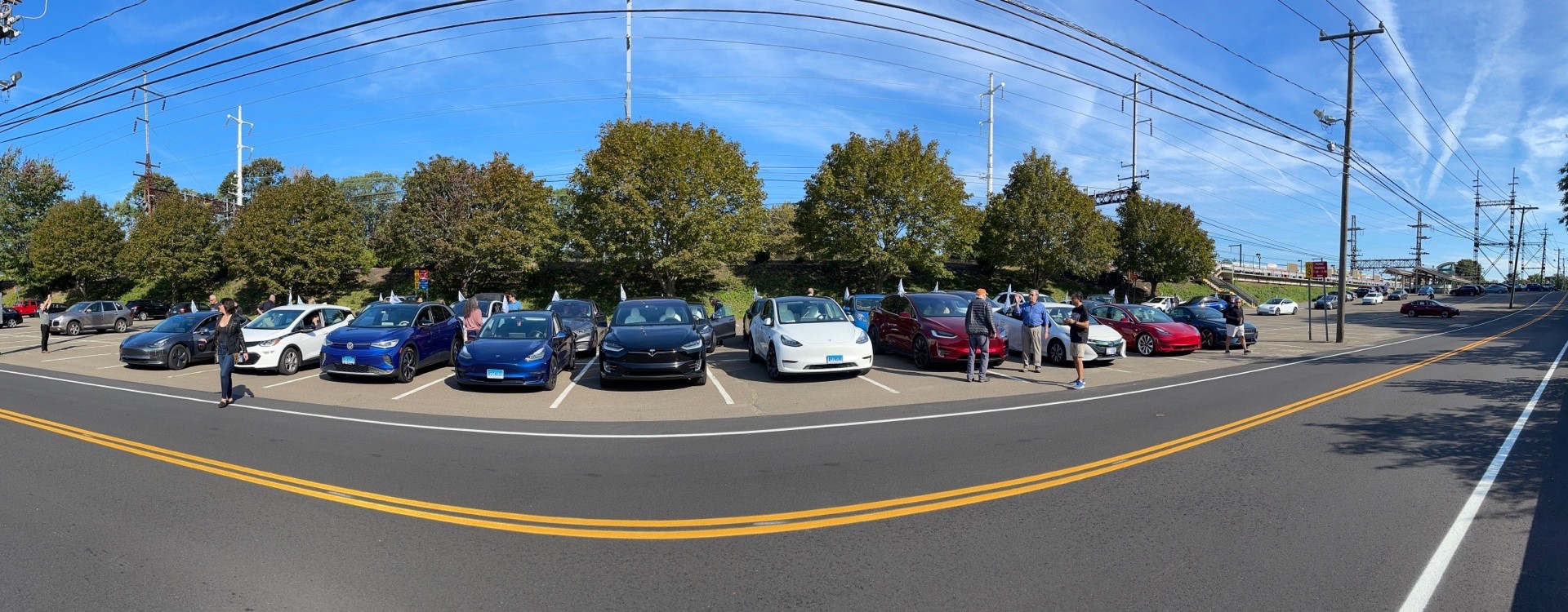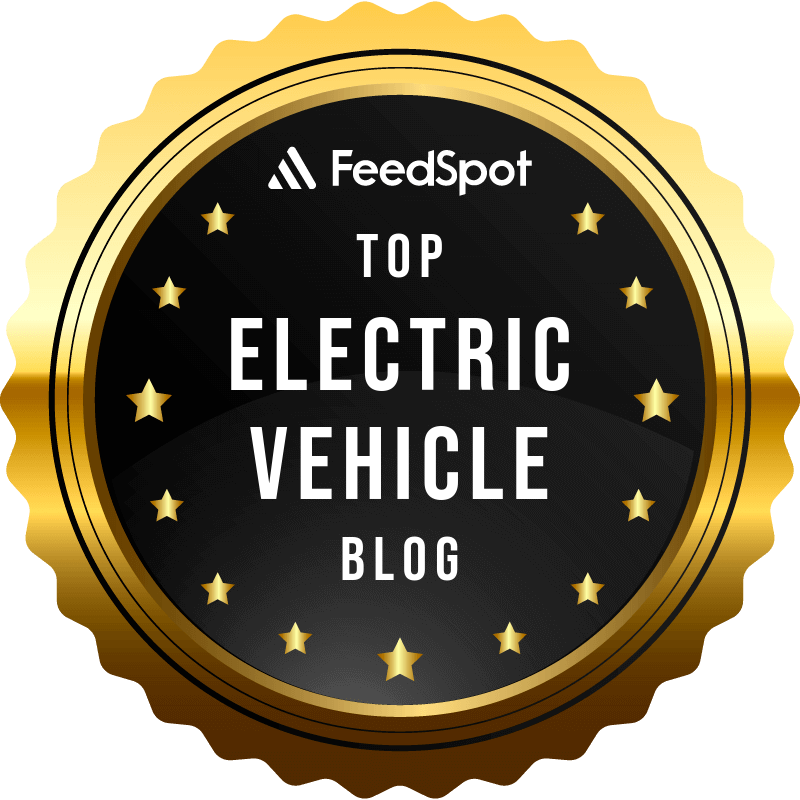Where to Site Streetlamp Chargers
Determining Locations for Voltpost Pilot Clean Cities Webinar The pilot program approved by Public Utilities Regulatory Authority to install level 2 EV chargers in lampposts is moving forward. Voltpost is the vendor. An informational session … Read more



